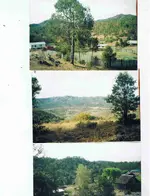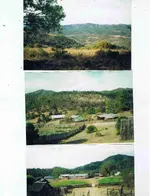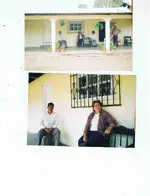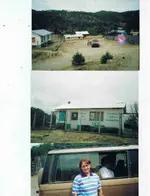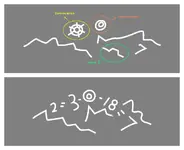Hal
The symbols are from the stone hearts ( Latin and trail's ) .
View attachment 1198493
Just a theory ?
Interesting.
What you are describing as a cave of gold, I am reading as something related to the
death-star symbol or, warning of death (perhaps a "
death trap"). There is a third possible use closer to your idea but not quite the same. At this point, I am 98% convinced of two things. The first being that several mines in the Superstitions predate the Peraltas. The second being that the Peraltas or someone working on their behalf, continued mining perhaps seasonally and with some success until 1847-8, perhaps later on a small scale.
Right now, I am entirely convinced that any theory about the stone maps fitting the range must have some obvious connection to the Burbridge Map. It is the only "treasure" map of the Superstitions known (publicly) to have been professionally
authenticated. Meaning, it dates to the time suggested on the map unfortunately, nothing more. Obviously, only a discovery of treasure would make it an authentic "treasure" map.
I am fascinated by the Burbridge Map and how it has been almost overlooked in many of our conversations. Like I said, the Burbridge Map dates to a time when the Peraltas and others would have mined the Superstitions. It is the foundation map.
It also supports my ideas about Aylors Arch being an important landmark.
Edit:
I have spent some time looking at the Burbridge Map and the men who followed it. Their story is equally, if not more fascinating, than Travis and his stone treasure maps. The Burbridge Map deserves its own thread... and perhaps a new, more accurate name. 


 My point was that it's not a Jesuit map, but you assume there is an original?
My point was that it's not a Jesuit map, but you assume there is an original? 

